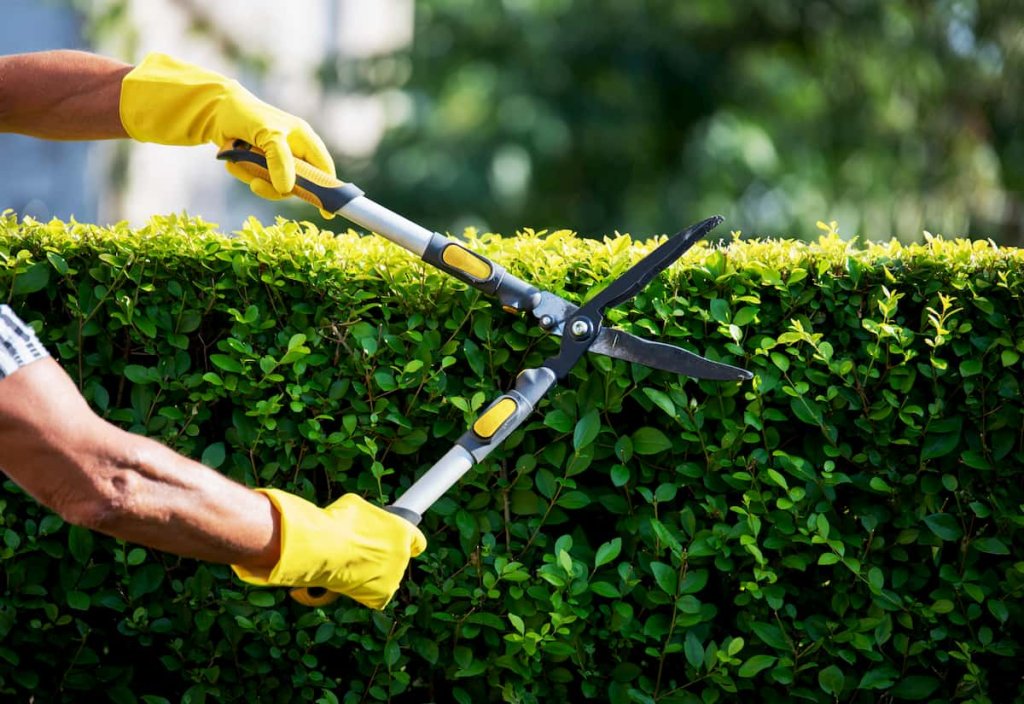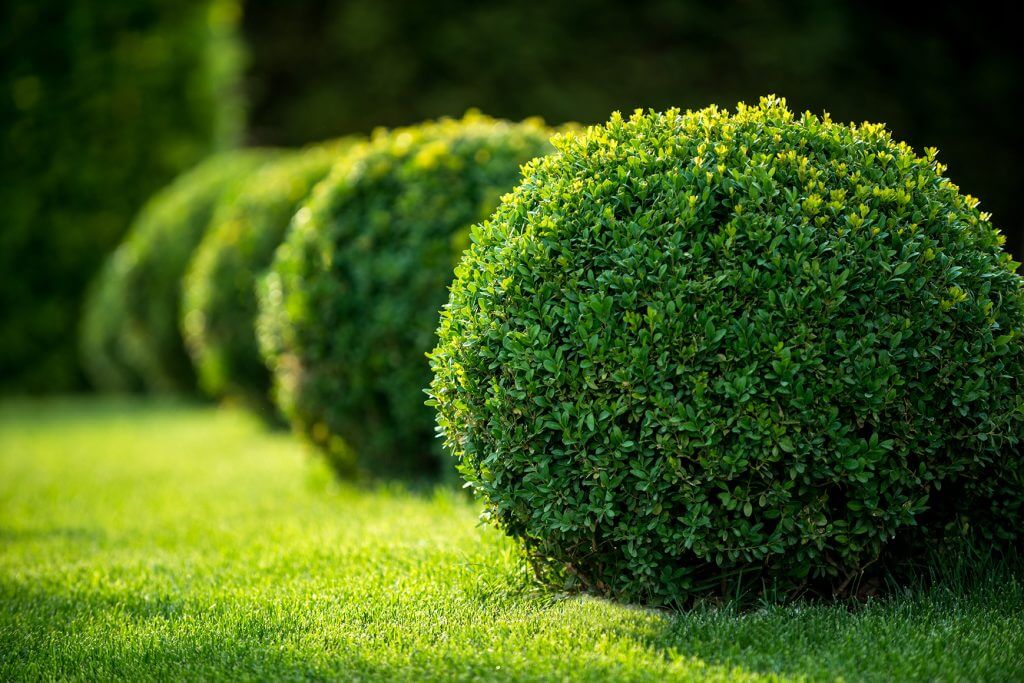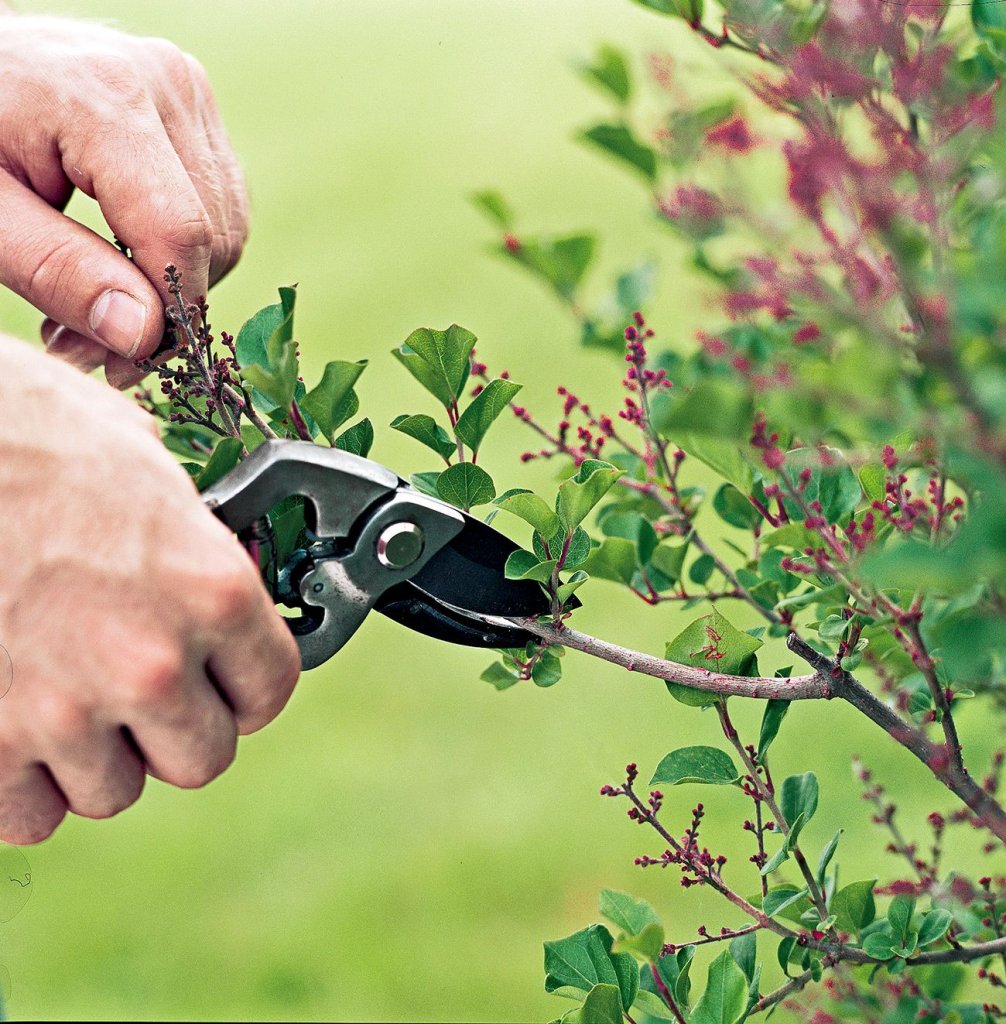Trimming bushes is a common gardening and landscaping practice that involves cutting back and shaping the branches and foliage of shrubs and bushes.
It serves several purposes, including improving the landscape’s appearance, promoting healthy growth, and maintaining the desired shape of the bushes.
There are different types of bushes, and all require trimming now and then to be healthy and maintain pretty foliage. A common question that people have is whether trimming bushes helps them grow.
Keep reading this article further to learn more about trimming bushes.
Does Trimming Bushes Help Them Grow?

Yes, trimming bushes can help them grow and thrive, but it is essential to understand the right techniques and timing to ensure that trimming benefits the plants.
Proper pruning and trimming can promote healthier growth, improve the appearance of the bushes, and encourage better flowering or fruiting, depending on the type of bushes you have.
Here are a few essential points which state why trimming bushes can be beneficial:
1. Removes Dead or Diseased Growth: Trimming allows you to remove dead, diseased, or damaged branches, which can be a source of stress and potential disease for the plant. By eliminating these unhealthy parts, you redirect the plant/tree’s energy toward new, healthy growth.
2. Promotes New Growth: When you trim a bush, it often responds by producing new growth from the remaining branches. This fresh growth can be more vigorous and healthier, contributing to overall bush vitality.
3. Shapes and Controls Size: Trimming can help maintain the desired size and shape of the bush. This is especially important for ornamental bushes and hedges, where a specific form or structure is desired. Maintaining a specific size and structure involves consistent pruning and maintaining the bush to have the desired visual appeal.
4. Encourages Flowering and Fruiting: For flowering bushes, pruning can stimulate more abundant and larger blooms by removing old wood and encouraging the development of new flowering shoots. For fruit-bearing bushes, trimming can increase fruit production by allowing more sunlight and airflow to reach the fruit-bearing branches.
5. Improves Air Circulation: Proper trimming can thin out crowded growth, which enhances air circulation within the bush. Improved air circulation helps prevent diseases like mildew and mold from developing on the plant/
6. Long-Term Health: Regular maintenance pruning and trimming can extend the overall lifespan of a bush by reducing the likelihood of disease, pets, and structural problems that may lead to the decline of the plant over time.
7. Prevents Overcrowding: Trimming can prevent bushes from becoming overcrowded, leading to competition for resources like sunlight and nutrients. Overcrowding can weaken the bushes and reduce their overall health, which will also reduce your plant’s lifespan.
Key Aspects to Consider When Trimming Bushes

Now that we have covered the benefits of trimming bushes, here are some key points to keep in mind while trimming bushes:
1. Timing
The timing of bush trimming depends on the bush type and its specific growth patterns. Generally, the best time to trim bushes is during their dormant season or resting period, typically in late winter or early spring before new growth begins. However, some bushes may benefit from light pruning during the growing season to remove dead or damaged branches.
2. Tools
You will need the right tools to trim bushes effectively, including pruning shears, hedge trimmers, loppers, and a pruning saw for thicker branches. Ensure your tools are sharp to make clean cuts, which are less stressful for the plants.
3. Safety
Safety should be a priority when trimming bushes. Wear gloves and safety goggles to protect your hands and eyes from thorns and debris. If you use a ladder, ensure it is stable and on level ground to prevent accidents.
4. Techniques
- Shaping: To shape the bush, prune branches growing out of bounds or spoiling the desired form. Use your pruning tools to make clean, angled cuts above a leaf node or bud.
- Thinning: Thinning involves selectively removing some interior branches to improve air circulation and light penetration. This can help prevent diseases and promote even growth.
- Avoid over-pruning: Avoid removing more than one-third of the bush’s total growth in a single trimming session, as this can stress the plant and inhibit its ability to recover.
5. Cleanup
After trimming, be sure to clean up the trimmed branches and debris to maintain a tidy appearance and prevent the spread of disease. You can either compost the trimmings or dispose of them according to your local regulations.
6. Fertilization and Watering
After trimming, consider applying a balanced fertilizer to provide essential nutrients to the bush. Proper watering is also essential to help the plant recover from the stress of trimming.
Conclusion
Regular trimming and maintenance of bushes can enhance the aesthetics of your landscape, promote healthy growth, and ensure that your bushes remain an attractive and integral part of your garden or yard.
It is important to remember that some bushes may have specific pruning requirements, so it is a good idea to research the particular needs of the plants in your garden to give them the best trimming/pruning, which can thus benefit the growth and looks.
Remember, though, that there is no one-size-fits-all approach to bush trimming. The techniques and timing should be tailored to the specific needs of each plant species.

